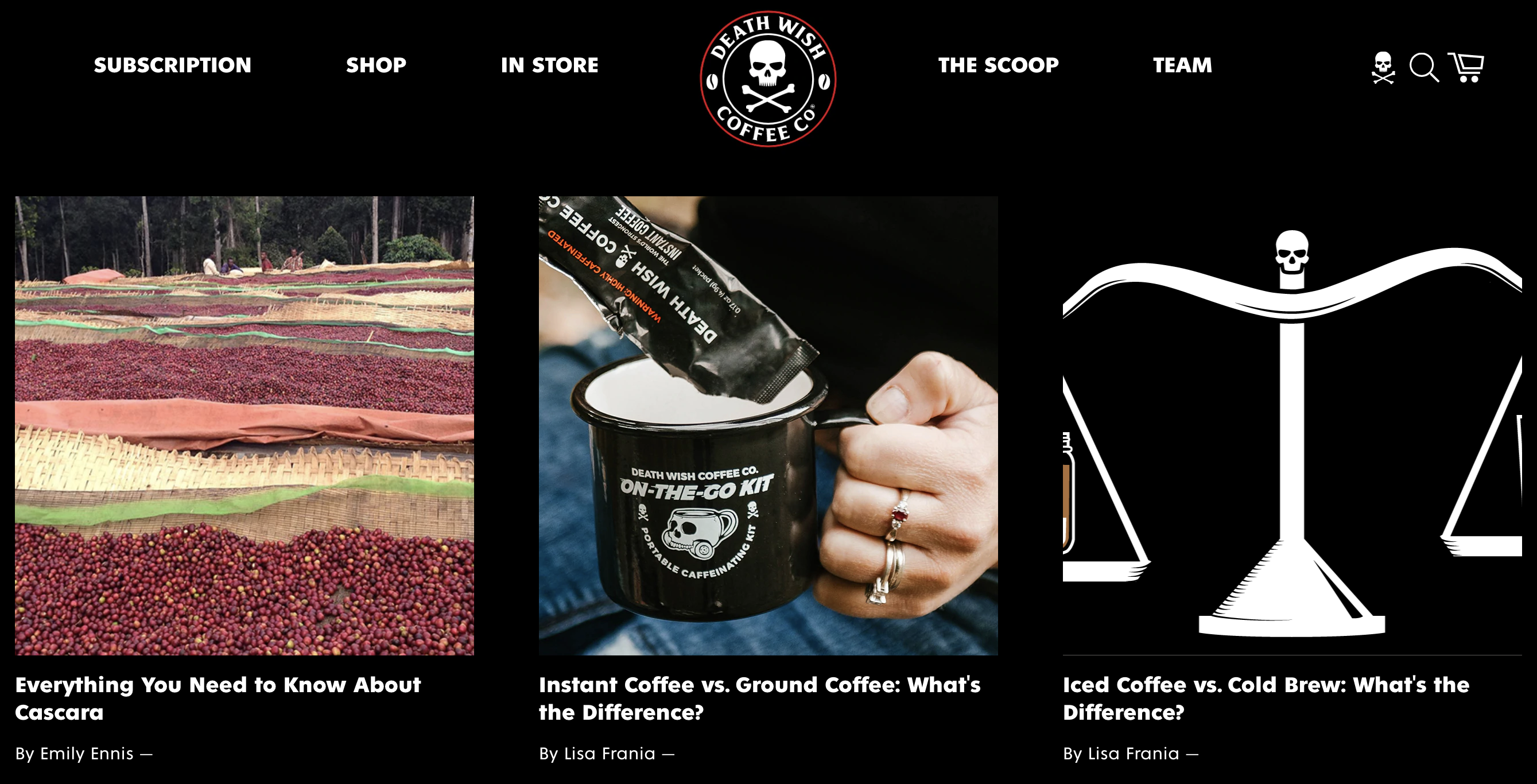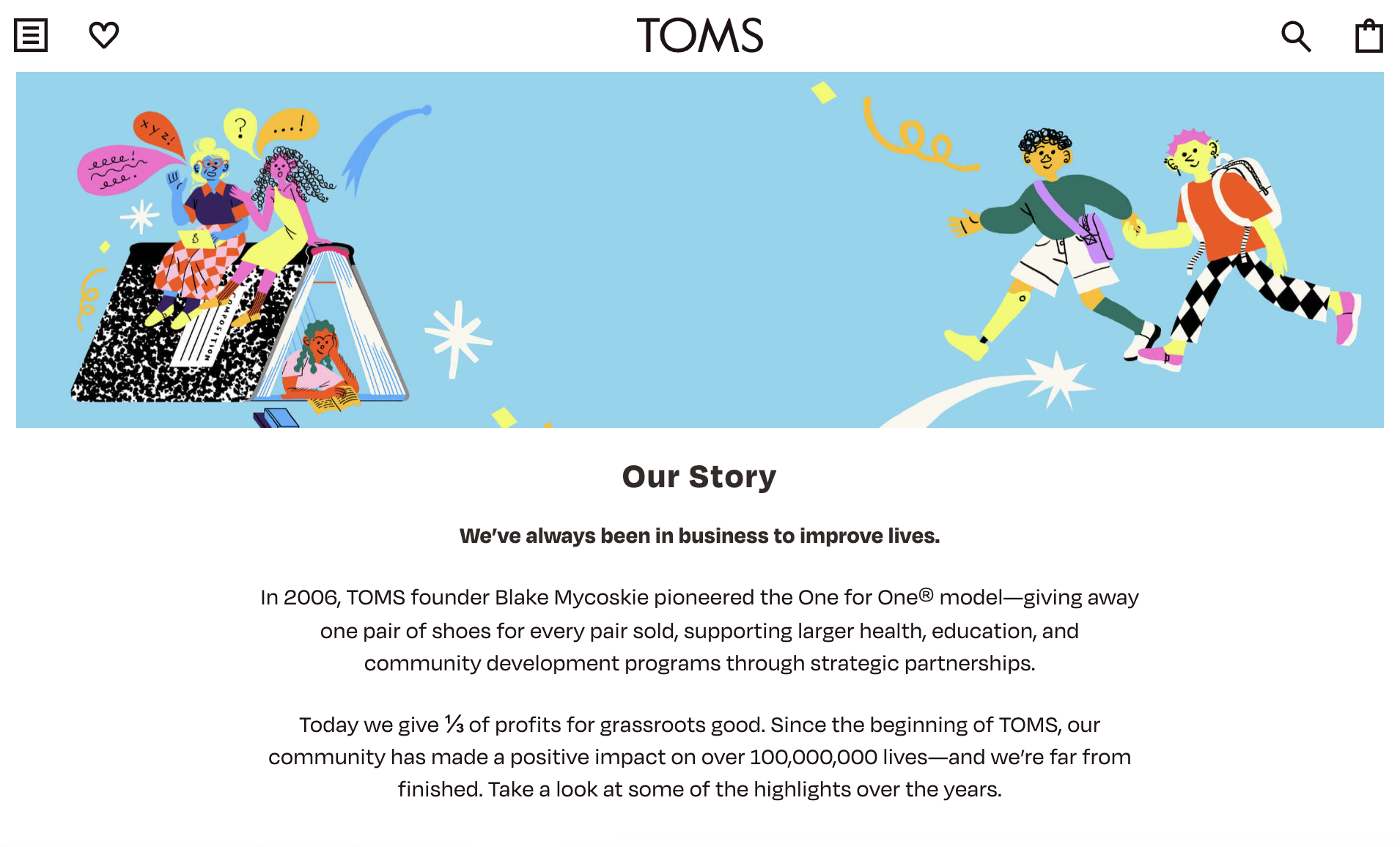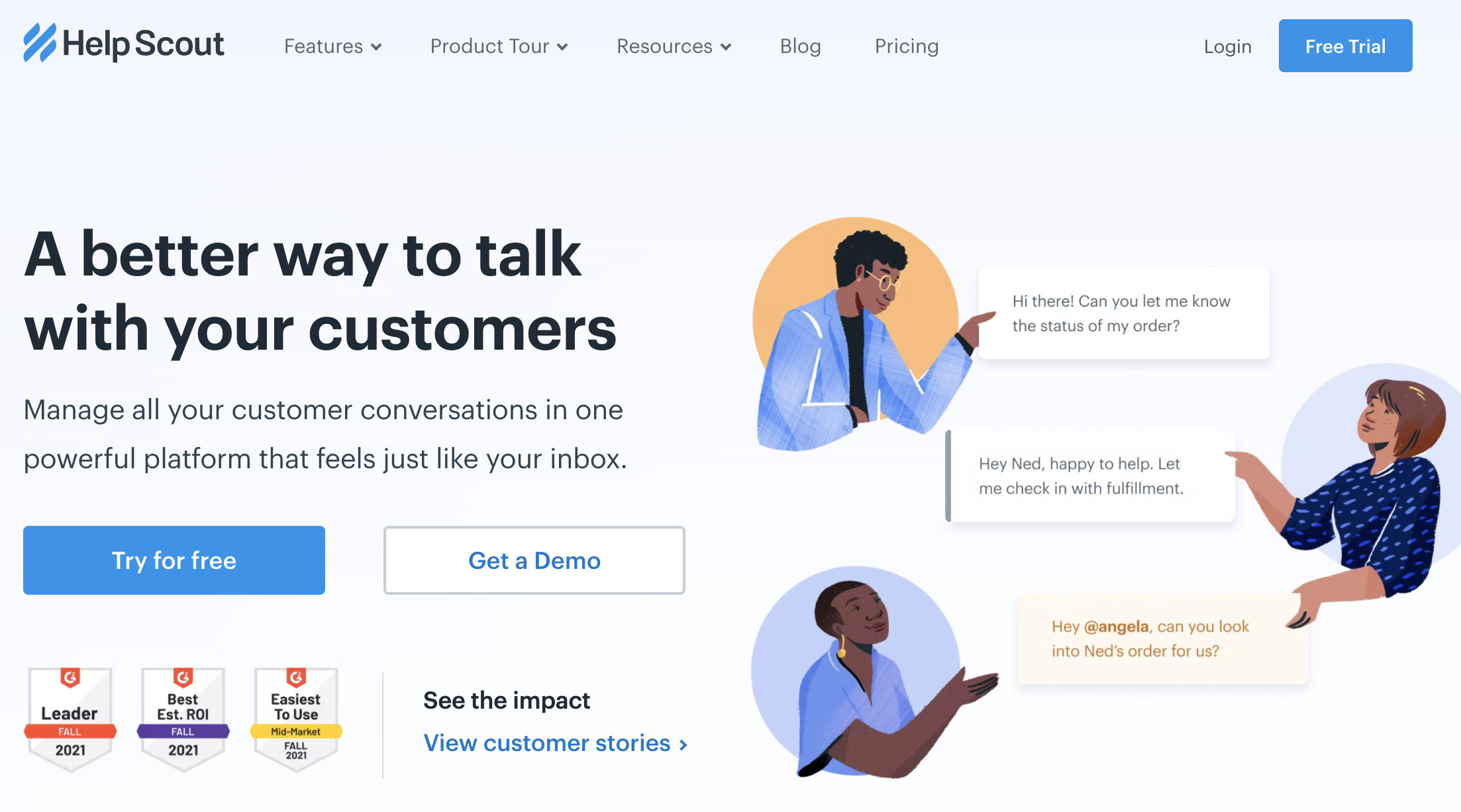Why Small Businesses Need a Website
Statistics show that small businesses can expect 21% of global sales from online purchases, and 85% of consumers use the Internet to find local businesses.
Statistics for small businesses in 2022 report that they can expect 21% of global sales from online purchases. 85% of consumers use the Internet to find local businesses. Small businesses without a website could lose 70-80% of prospective customers. 76% consumers visit a company website before they visit its physical business.
Prospective customers research products and services of various companies by reading information available on their websites. They also compare prices and features on the short-listed websites. Based on their research, they form a brand opinion, assess brand credibility, and understand its offerings.
Discerning customers visit the company's website first before they buy. They engage with the content and read more about the products before making their purchase decisions.
A website is an integral marketing tool for any business. It helps in attracting and converting customers. There are several things a website helps a small business do. It helps a business increase brand awareness, build brand authority, collect customer data, and service its customers. A well-designed, functional website is invaluable for a small business.
Brand Awareness
A small business first needs to create brand awareness. This refers to how familiar customers are with your brand. Brand awareness builds trust, creates awareness and helps make brand associations with customers.
Websites can build brand awareness by sharing the mission and values of the business. It can provide meaningful information about their products and services to visitors. A website can provide information addressing customer pain points and solutions to resolve them.
Building brand awareness results in customers making repeat visits to the website and generating repeat sales. Brand awareness can be built on the website by blogging and publishing relevant content. Design elements like colors, logos and mascots can also build brand awareness on the website.
Mint.com is a personal finance app started by Aaron Patzer. It grew to 1.5 million users in two years and was acquired by Intuit for $170 million. How did Mint create so much buzz for its brand?
Patzer first asked prospective customers their pain points and goals regarding personal finances. People wanted to manage their personal financial goals better and consequently have greater control over their lives. So Mint published several informative in-house blogs, guest blogs, landing pages, and useful infographics. They also highlighted the fact that they provide bank-level data security in their app to protect customers' accounts. In doing so they created awareness and built trust with customers.

Image Source: Mint.com
Engaged visitors then used the Mint app and became customers and evangelists. You too can use your website as a powerful tool to create brand awareness and keep customers engaged.
Brand Authority
If I am ever in doubt, I make sure I get an expert opinion. Customers seek brand authority when they set out to buy products and services. Does this brand know its stuff? Be it a tech product or a cosmetic product, customers seek brand authority. A website is a great place to establish brand authority. It can do so by publishing relevant content in different formats. Blogs, ebooks, webinars, and case studies help build brand authority.
Death Wish Coffee is clear about the role of its website in its business. It showcases the brand and fulfills all coffee questions customers may have. Death Wish Coffee puts up interesting coffee blogs, coffee culture posts, coffee partners articles and podcasts to increase brand authority. All this content assures customers that Death Wish Coffee is worth its beans.
Death Wish Coffee uses a combination of content marketing and digital marketing to send out updates and coffee news to its customers. In doing so, Death Wish Coffee builds its brand authority constantly and nurtures it.

Source: Deathwish Coffee
Build Emotional Resonance
Websites that tell a strong brand story are able to form a connection with the customer. Great stories have characters, conflict, and resolution. Customers connect to a brand story because they understand the why of the brand. This helps the brand form an indelible bond with the customer.
TOMS sells its shoes online and has a great brand story. Founder Blake Mycoskie saw children without shoes in Argentina. He decided to start a for-profit shoe company, where for every pair of shoes they sold, one is donated.
Its tagline, "We're in business to improve lives", resonates with its customers. A mundane activity like buying shoes elevates to an act of giving. Its global net sales in 2021 were $105.5 million. TOMS publishes an impact report on its site every year where customers can see what good their money has done.
In this way, TOMS assures its customers that they are doing what they set out to do in their business. TOMS brand story is powerful because it resonates with customers. Customers want to be a part of the brand story, where they can be altruistic when they buy.

Source: TOMS
You can use your website to share your brand story and build emotional connections with customers.
Understand Customer Needs
Your website can be a great place to collect information from your customers with their consent. You can use customer conversations to service them better. You can embed a chatbot like Help Scout to understand what has brought the user to your site. You can collect data about product preferences, intervals between purchases, bounce rates and customer usage habits.

Source: Help Scout
You can also collect information about customers by adding a quiz or a survey on your website. Every piece of information you collect on your website can help you perfect the buyer persona. Understanding your customers better helps you personalize the messages you send through email or social media.
Service Customer Needs
Customer service reports throw some startling numbers. Customers are loyal to businesses with great customer service, though not all businesses provide it.
Accenture notes that 80% of customer queries can be resolved using a chatbot. A third of internet users find voice/phone support the most annoying channel for customer service.
Customers prefer self-service channels for customer service. This includes the company website, mobile app, online chat or voice response system. Customers want their time to be valued. Zendesk, notes that 75% of customers would return to a company with excellent customer service and 56% would recommend it to their friends and family.
This data points to the seminal role of good customer service in acquiring, engaging and retaining customers. You can use your website to capture customer contact data to send relevant emails. A chatbot on the website increases the chances of a prospect using your service. Good customer service helps you understand your customer better and grow your business.
Websites can be powerful marketing tools that can help small businesses. Every small business improves its chances of growth with an effective website. It can help speak with customers, share meaningful information and build a strong online brand presence. It helps build inbound traffic and customer conversion. You can share customer stories on your website to attract more customers. A website is a versatile business tool that no company can do without today.